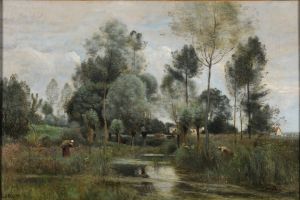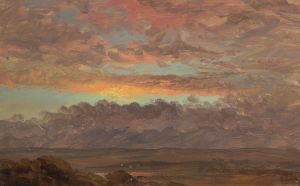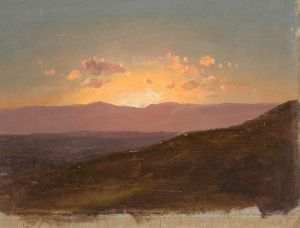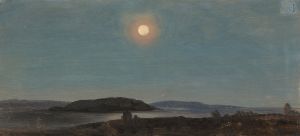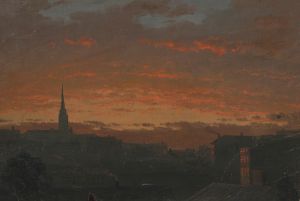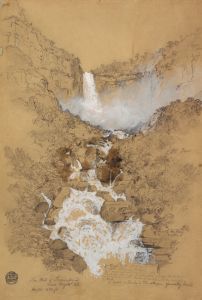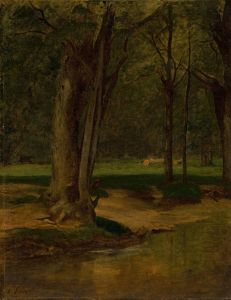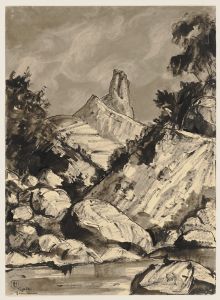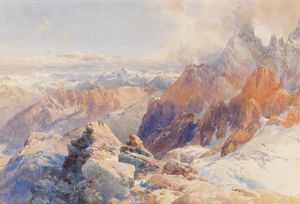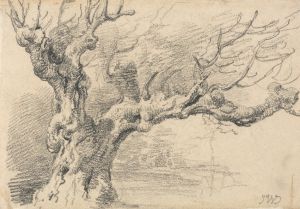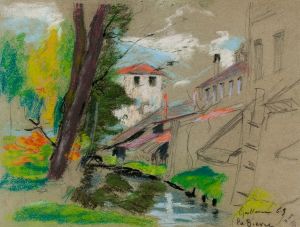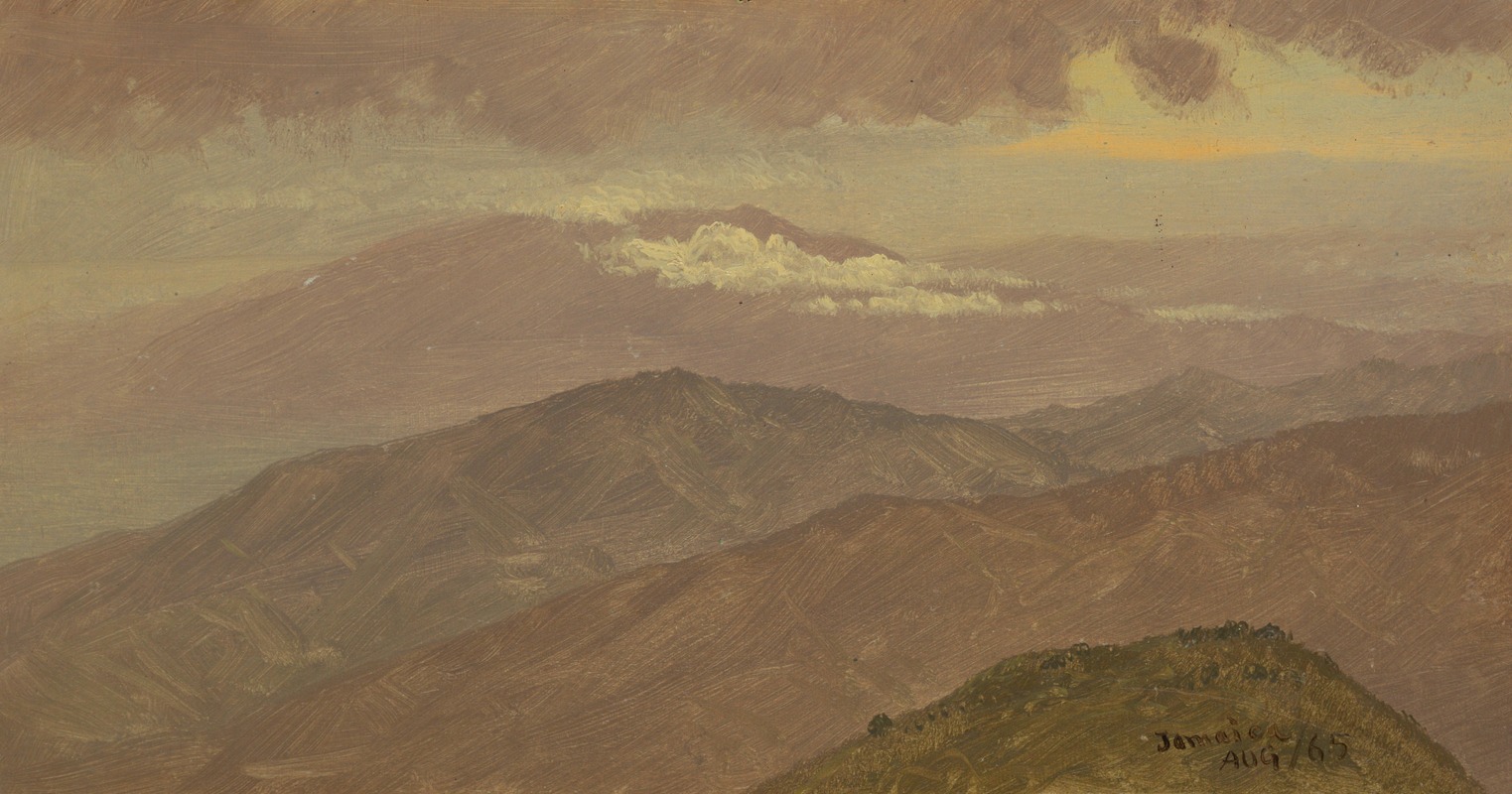
Landscape III
A hand-painted replica of Frederic Edwin Church’s masterpiece Landscape III, meticulously crafted by professional artists to capture the true essence of the original. Each piece is created with museum-quality canvas and rare mineral pigments, carefully painted by experienced artists with delicate brushstrokes and rich, layered colors to perfectly recreate the texture of the original artwork. Unlike machine-printed reproductions, this hand-painted version brings the painting to life, infused with the artist’s emotions and skill in every stroke. Whether for personal collection or home decoration, it instantly elevates the artistic atmosphere of any space.
Frederic Edwin Church, a prominent figure in the Hudson River School of American landscape painting, is known for his grand and detailed depictions of natural scenes. However, there is no widely recognized painting titled "Landscape III" by Frederic Edwin Church. Church's oeuvre includes famous works such as "The Heart of the Andes," "Niagara," and "The Icebergs," which are celebrated for their meticulous attention to detail and dramatic use of light and color.
Church was born on May 4, 1826, in Hartford, Connecticut, and showed an early talent for art. He became a pupil of Thomas Cole, the founder of the Hudson River School, and quickly developed his skills in landscape painting. Church's work is characterized by its panoramic views, vibrant colors, and a keen interest in capturing the sublime beauty of nature.
Throughout his career, Church traveled extensively, drawing inspiration from diverse landscapes around the world. His travels took him to South America, the Arctic, Europe, and the Middle East, among other places. These journeys greatly influenced his artistic output, allowing him to incorporate a variety of geographical elements into his paintings.
One of Church's most significant contributions to art was his ability to blend scientific observation with artistic creativity. He was known for his precise renderings of natural phenomena, such as the effects of light, atmospheric conditions, and geological formations. This attention to detail was not only a testament to his artistic skill but also reflected the 19th-century American fascination with exploration and discovery.
Church's paintings often conveyed a sense of awe and wonder, inviting viewers to contemplate the majesty and power of the natural world. His works were not merely representations of specific locations but were imbued with a sense of the divine, reflecting the transcendentalist ideas of the time. This philosophical approach resonated with audiences and contributed to his popularity during his lifetime.
In addition to his artistic achievements, Church was also involved in the development of Olana, his home and studio in Hudson, New York. Designed in collaboration with architect Calvert Vaux, Olana is a masterpiece of eclectic design, combining elements of Victorian, Persian, and Moorish architecture. The estate, now a National Historic Landmark, offers sweeping views of the Hudson River Valley and serves as a testament to Church's artistic vision and appreciation for natural beauty.
Frederic Edwin Church passed away on April 7, 1900, but his legacy continues to influence artists and art enthusiasts today. His works are held in major collections, including the Metropolitan Museum of Art in New York and the National Gallery of Art in Washington, D.C. Church's paintings remain a testament to the power of art to capture the beauty and complexity of the natural world.
If you are seeking information about a specific work titled "Landscape III," it may be beneficial to consult art catalogs, museum collections, or academic publications that focus on Church's complete body of work.





